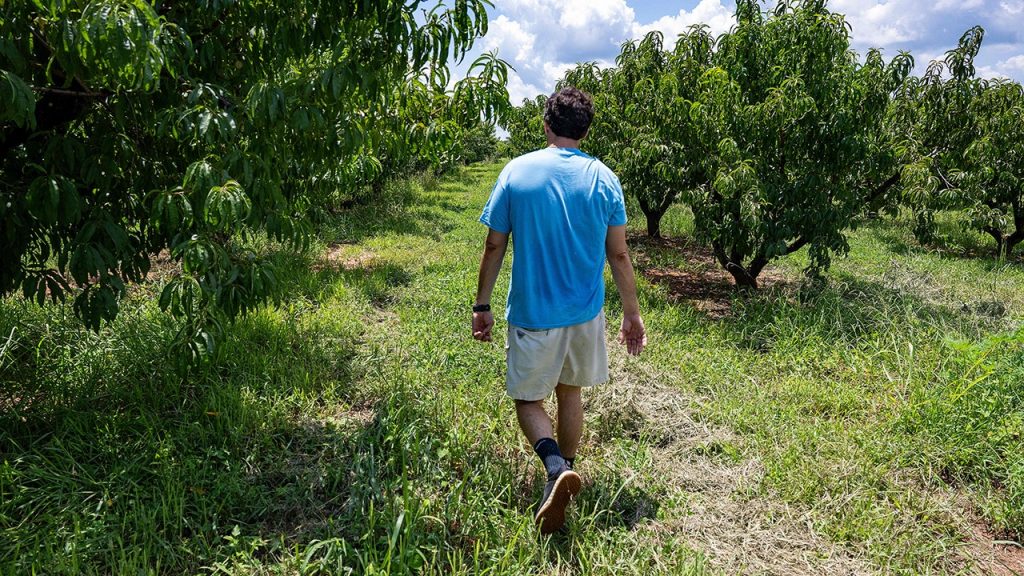Adverse possession is a legal principle that allows an individual who possesses land belonging to another for an extended period of time to claim that land as their own. Each state has different requirements for a person to claim adverse possession, but the general criteria include continuous use, hostile use, exclusive use, open and notorious use, and actual possession. These requirements ensure that the individual claiming adverse possession has been using the land openly, without the owner’s permission, and in a manner that suggests ownership. This can lead to situations where squatters intentionally or unintentionally obtain ownership of property through adverse possession.
Adverse possession has become synonymous with squatters’ rights in some cases, where squatters intentionally take over abandoned properties and claim adverse possession after living on the property for a certain period of time. In many states, homeowners have little power against squatters and must go through lengthy court processes to remove them from their property. States like Florida are passing bills to help protect homeowners against squatters, but the issue remains prevalent in many areas. Unintentional adverse possession can also occur, such as when a homeowner unintentionally encroaches on a neighbor’s property and unknowingly claims possession through continuous use.
To protect oneself from adverse possession as a landowner, it is essential to be diligent in monitoring properties and surrounding land. Clear property boundaries should be marked using fencing, walls, or plants/trees, and “no trespassing” signs can be put up if necessary. Regular inspections of land can help identify any unusual activity or encroachments that may lead to adverse possession claims. By actively monitoring and maintaining property boundaries, landowners can prevent unintentional adverse possession and protect their ownership rights.
The requirements for an individual to claim adverse possession vary by state, with differences in the length of time required for possession. Generally, the time frame for adverse possession ranges from 10 to 15 years, but some states have shorter periods like three years. Individuals seeking adverse possession must continuously occupy and use the property, prove hostile use against the owner, demonstrate exclusive use as the sole occupant, be open and notorious about their use of the property, and act as an owner would by maintaining the land. In certain states, paying property taxes may also be a requirement for claiming adverse possession.
Adverse possession and squatters’ rights are legal issues that can impact property ownership and rights. It is crucial for property owners to understand the laws and regulations in their state regarding adverse possession and take steps to protect themselves from potential claims. By being proactive in monitoring property boundaries and addressing any encroachments or unusual activity, landowners can help prevent adverse possession claims and maintain their ownership rights. Laws and regulations may vary by state, so seeking legal advice and guidance can be beneficial for landowners facing potential adverse possession situations.


